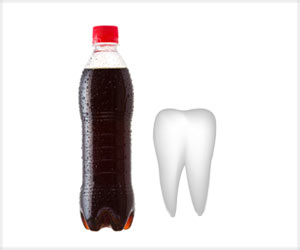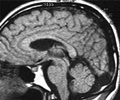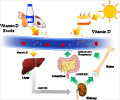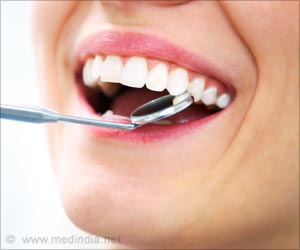
‘Microscopic study of teeth helps detect deficiency of vitamin D. Deficiency of vitamin D leads to formation gaps or bubbles in dentin, the layer under enamel that makes up about 85% of a tooth’s structure. This provides information on environmental conditions or food availability, the culture and society in the past.’
Tweet it Now
There have been epidemics of children with rickets in the past, a disease characterized by bowed legs and deformed hips, caused in part by a lack of sunlight. Anthropologists have identified rickets outbreaks by examining skeletal remains in places at high latitudes with limited access to sunlight, like some in England, Canada or France. But the vast majority of children who had rickets will outgrow it. That makes the dental record of the condition important because abnormalities within teeth do not disappear with age.The researchers, led by Megan Brickley, an anthropologist at McMaster University in Hamilton, Ontario, analyzed a total of 12 teeth from four women who were buried in a French cemetery between 1225 and 1798 and two people who were buried in rural Quebec between 1771 and 1860, a child believed to be three years old and a 24-year-old man who had four bouts of rickets before he turned 13 years. The team determined who likely had rickets from their bones and then analyzed their teeth, cutting each tooth into several transparent slices, thinner than a sheet of tissue paper, and examining them under microscopes. “We were able to see inside that tooth, what was housed in there, years ago,” said Dr. Brickley. They correlated the age at which the tooth was forming, with the location of the defect in the tooth. They reached this precision because teeth develop at different rates and leave behind concentric circles like tree rings over time. The researchers could look at the abnormalities within those layers to estimate occurrence and severity.
Stephanie Atkinson, a professor of pediatrics at McMaster University, where she is also a researcher in bone and mineral metabolism, said pregnant women need to ensure they get enough vitamin D because permanent teeth start forming in utero. Breast milk doesn’t have enough vitamin D so babies should be given drops of the vitamin D to prevent nutritional rickets. “I know for a fact that Health Canada is undergoing similar considerations to improve the vitamin D content of available foods in the marketplace,” Atkinson said
Vitamin D deficiency can be detected with a blood test and most cases are caused by a lack of sun exposure, but some health conditions including celiac disease can also lead to rickets. Low levels of vitamin D, which is needed to absorb calcium from food, can increase bone loss, leading to a risk of fractures. Health Canada’s daily recommended intakes for vitamin D are 400 international units for infants, 600 IU for children aged one through adulthood, and 800 IU for people over 70 .The Food and Drug Administration in the United States announced changed regulations to allow manufacturers to increase the level of vitamin D in milk and add fortification to more plant-based dairy beverages and yogurt alternatives.
Source-Medindia















